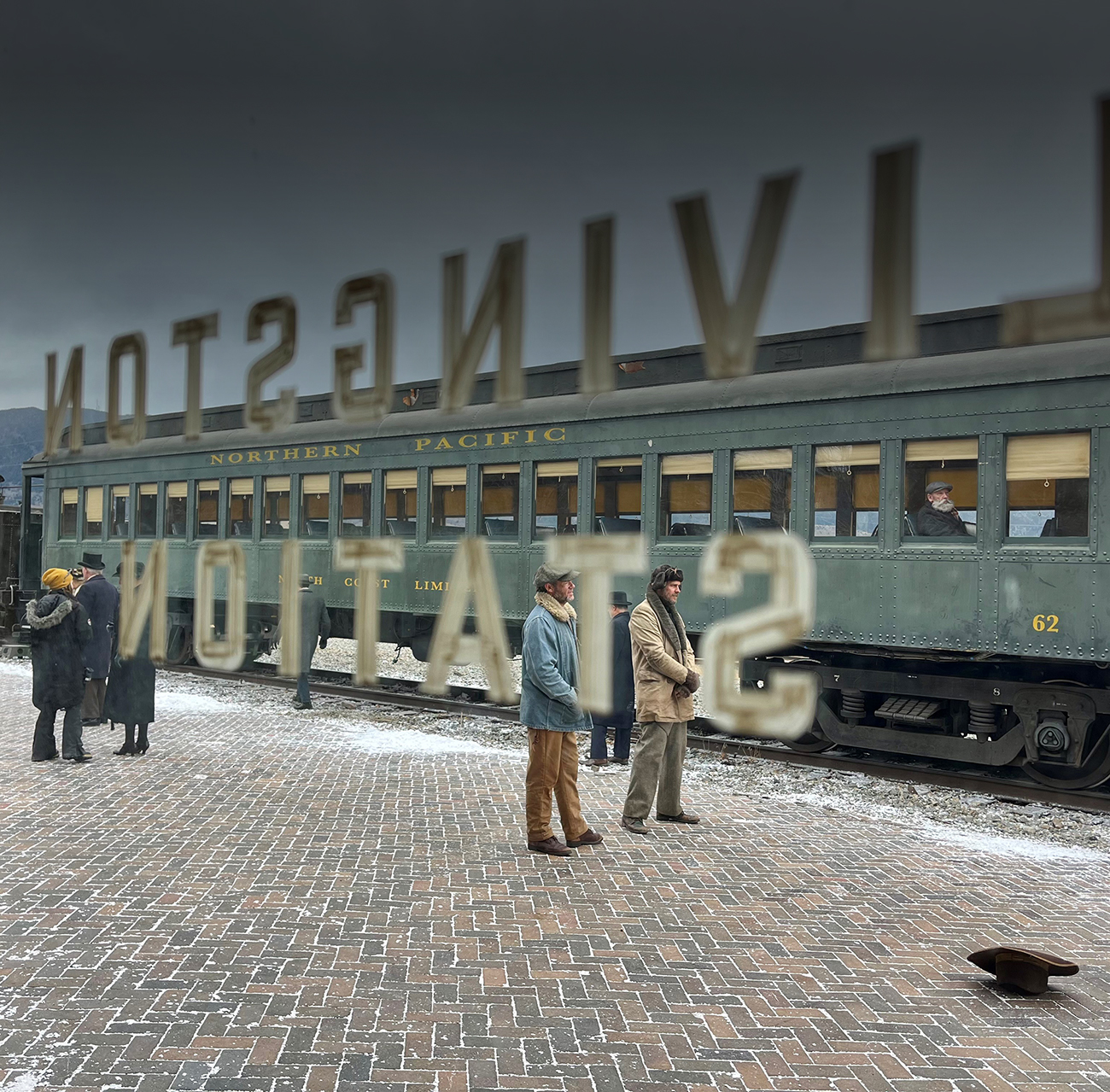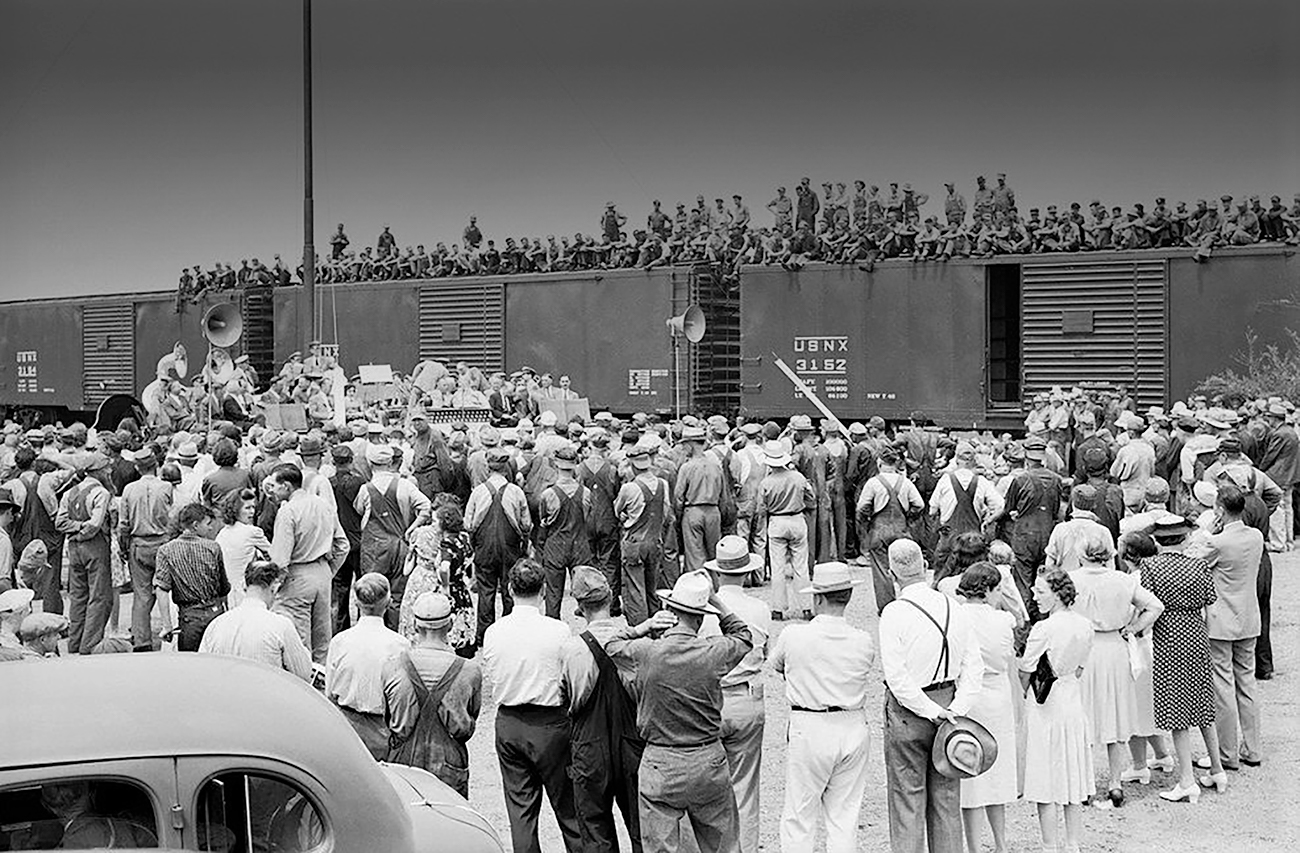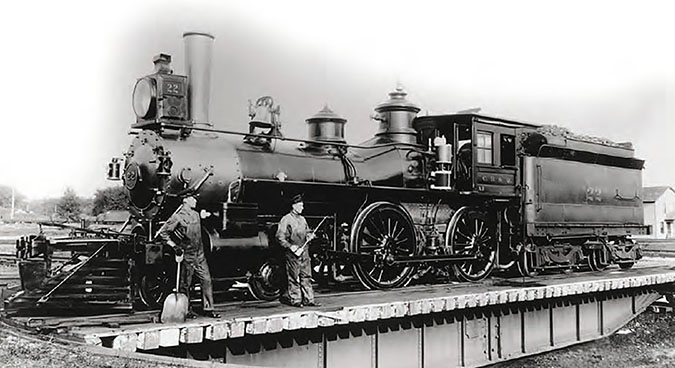
Putting down “routes:” The legacy of the Chicago, Burlington & Quincy Railroad
By EUNICE ARCHILA
Staff Writer
Long before BNSF trains could traverse the 32,500 miles of track we operate on today, one of our earliest predecessors was forging connections across the Midwest. It began in 1849 with the founding of the Aurora Branch Line in Illinois—a modest start that would eventually grow into the iconic Chicago, Burlington & Quincy Railroad (CB&Q), also known as the Burlington Route – names that endured for more than a century.
When New York banned iron spikes and wooden rails, the Aurora Branch saw opportunity. The founders purchased secondhand rail materials from the Niagara Falls Railroad at a bargain and got to work laying track.
Just a year later, on Sept. 2, 1850, the first train traveled down a six-mile stretch from Batavia to Turner Junction, Illinois — known today as West Chicago. By 1864, the line had expanded to 400 miles, and after being acquired by a group of Boston investors, it officially adopted the CB&Q name.
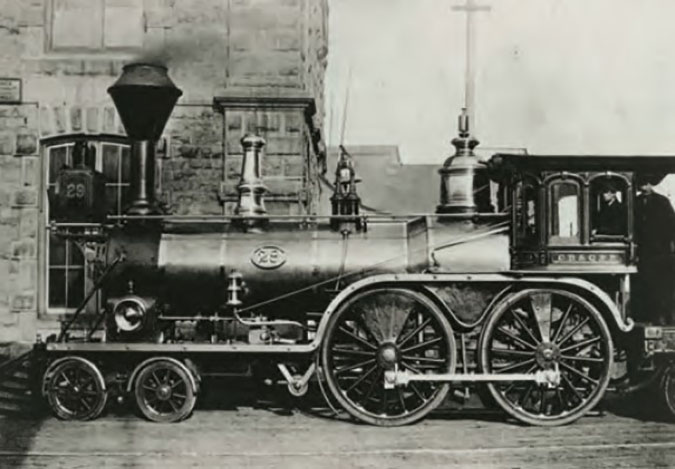
After the Civil War, John Murray Forbes and Charles E. Perkins led CB&Q’s transformation to a major Midwestern route. Under their guidance, CB&Q grew through the consolidation of 204 smaller lines, including two standout predecessors: the Hannibal and St. Joseph Railroad Co. (H&St. J) and the Burlington and Missouri River Railroad Co. (B&MR).
The H&St. J began construction in 1852 and completed its route in 1859. This railroad played a crucial role in connecting mail services across Missouri, supporting the Pony Express, and introducing the first railcar for sorting U.S. mail in 1862. Despite facing challenges from Confederate raiders during the Civil War and later from train robbers like Jesse James, the H&St. J helped establish Kansas City as a key rail center.
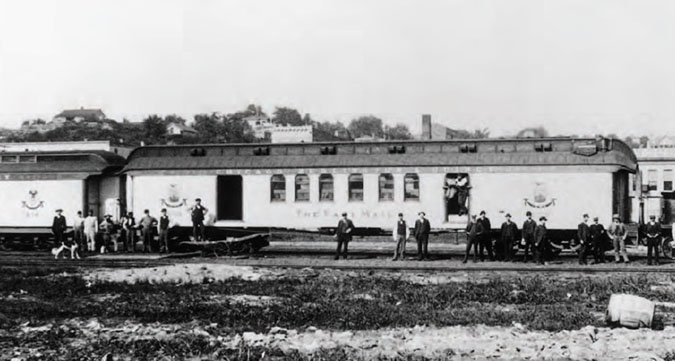
The B&MR aimed to build across Iowa and began operations in 1856. By 1869, it reached the Missouri River, supported by investors like Forbes and his Boston-New York group. CB&Q completed bridges over the Mississippi in 1868, connecting with the B&MR and H&St. J. Although ties with the H&St. J were briefly severed in 1871 due to railroad investor Jay Gould's control, the Burlington reacquired the line in 1883.
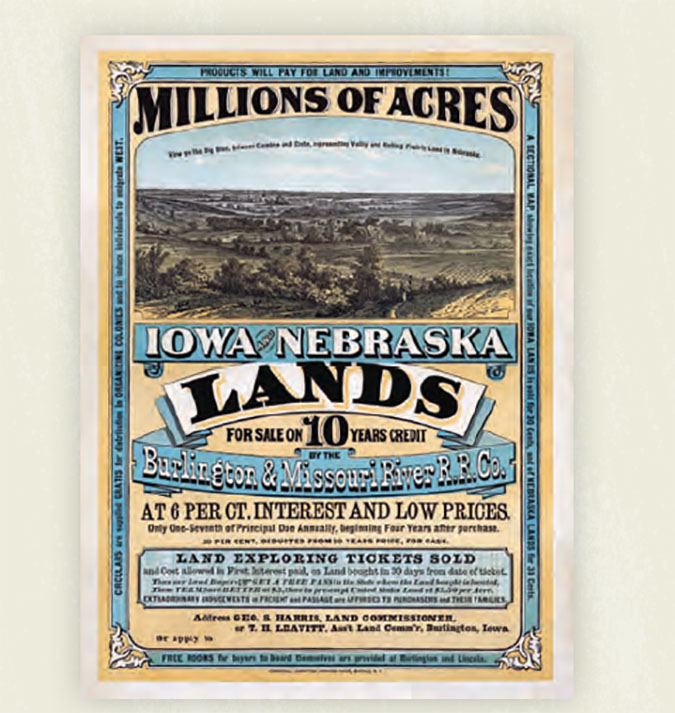
The railroad was a driver of settlement and economic opportunity. CB&Q offered land grants in Missouri, Iowa and Nebraska, with agents promoting new beginnings across the U.S. and Europe. From 1870 to 1880, more than 2 million acres were sold to about 20,000 settlers. The railroad even advised farmers on the best crops to grow and employed them in the off-season until crops were established.
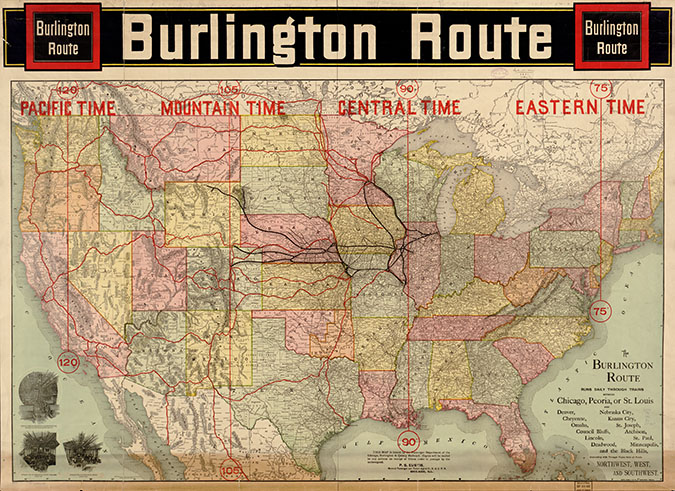
The turn of the century marked a new chapter. In 1901, James J. Hill and his Great Northern (GN) and Northern Pacific (NP) railroads purchased nearly all of CB&Q’s stock to connect their western networks with Chicago’s vital markets.
“The best traffic of the Great Northern and Northern Pacific is the cotton and provisions west and the lumber and timber eastbound,” said Hill. “The great provisions centers are Kansas City, St. Joseph, Omaha, Chicago and St. Louis, none of which are reached directly by the Great Northern or Northern Pacific. The Burlington lets us into all these districts and commercial centers over better lines and with better terminals than any other road.”
In 1934, CB&Q ushered in a new era of rail travel with the launch of the Pioneer Zephyr, the first diesel-powered, streamlined passenger train. It made headlines by completing a record-breaking 1,000-mile run from Denver to Chicago in just over 13 hoursThe Zephyr symbolized a modern future—and laid the groundwork for diesel-electric propulsion across the industry.
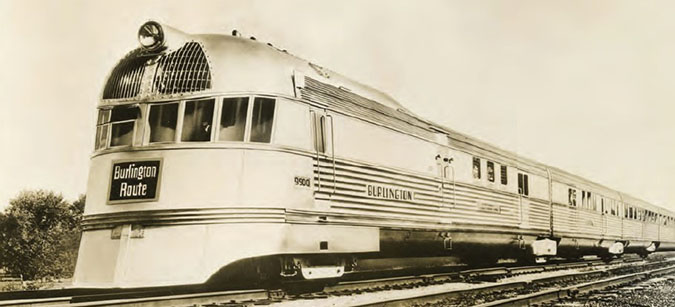
The innovation didn’t stop there. In 1945, CB&Q introduced the first Vista-Dome car, offering passengers panoramic views. By 1950, double-deck stainless-steel trains were running through Chicago.
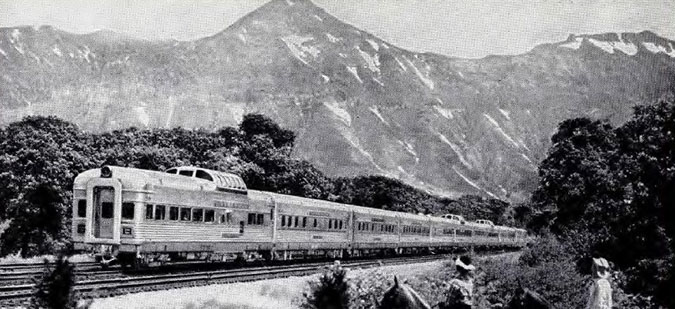
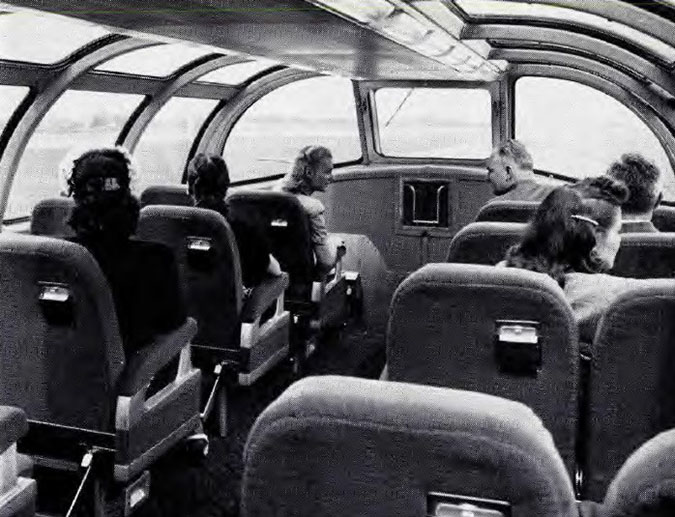
While enhancing passenger services, CB&Q also modernized freight operations. Key developments included the installation of electro-pneumatic retarders at Galesburg, Illinois, in 1931, and the construction of a second hump yard in 1942. The Lincoln, Nebraska, yard was converted to hump operations in 1944, and locomotive shops at West Burlington, Iowa, were expanded in 1946. CB&Q established bus and trucking subsidiaries, expanded its trucking routes, and participated in "piggyback," or early intermodal, traffic.
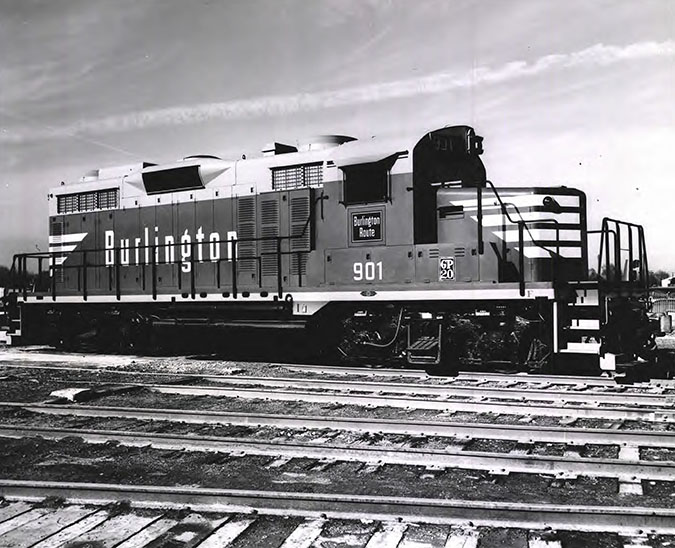
When CB&Q merged with GN, NP, and Spokane, Portland & Seattle Railway (SP&S) in 1970 to form Burlington Northern Railroad (BN), it marked the end of an era—but the beginning of another. BN, and later BNSF, carried forward a legacy built on service, innovation and safety.
From its humble origins in Illinois to its place in American history, CB&Q has helped shape the modern railroad.
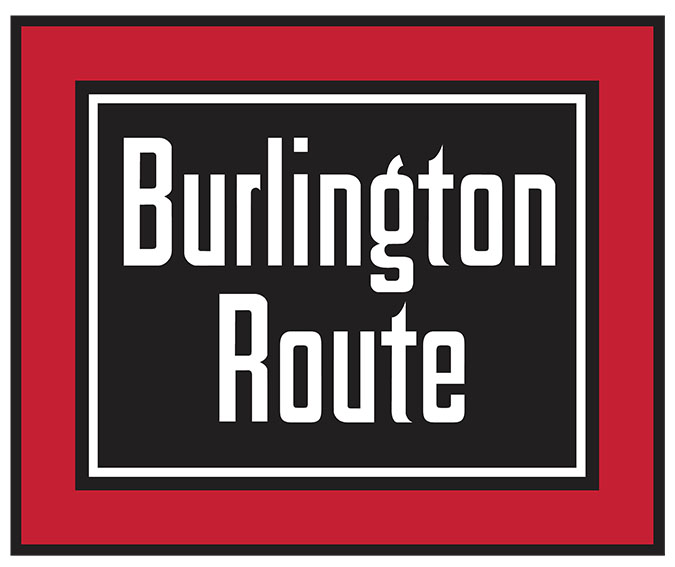
DID YOU KNOW?
The Burlington Route logo is the oldest BNSF predecessor logo, first seen in 1880.
